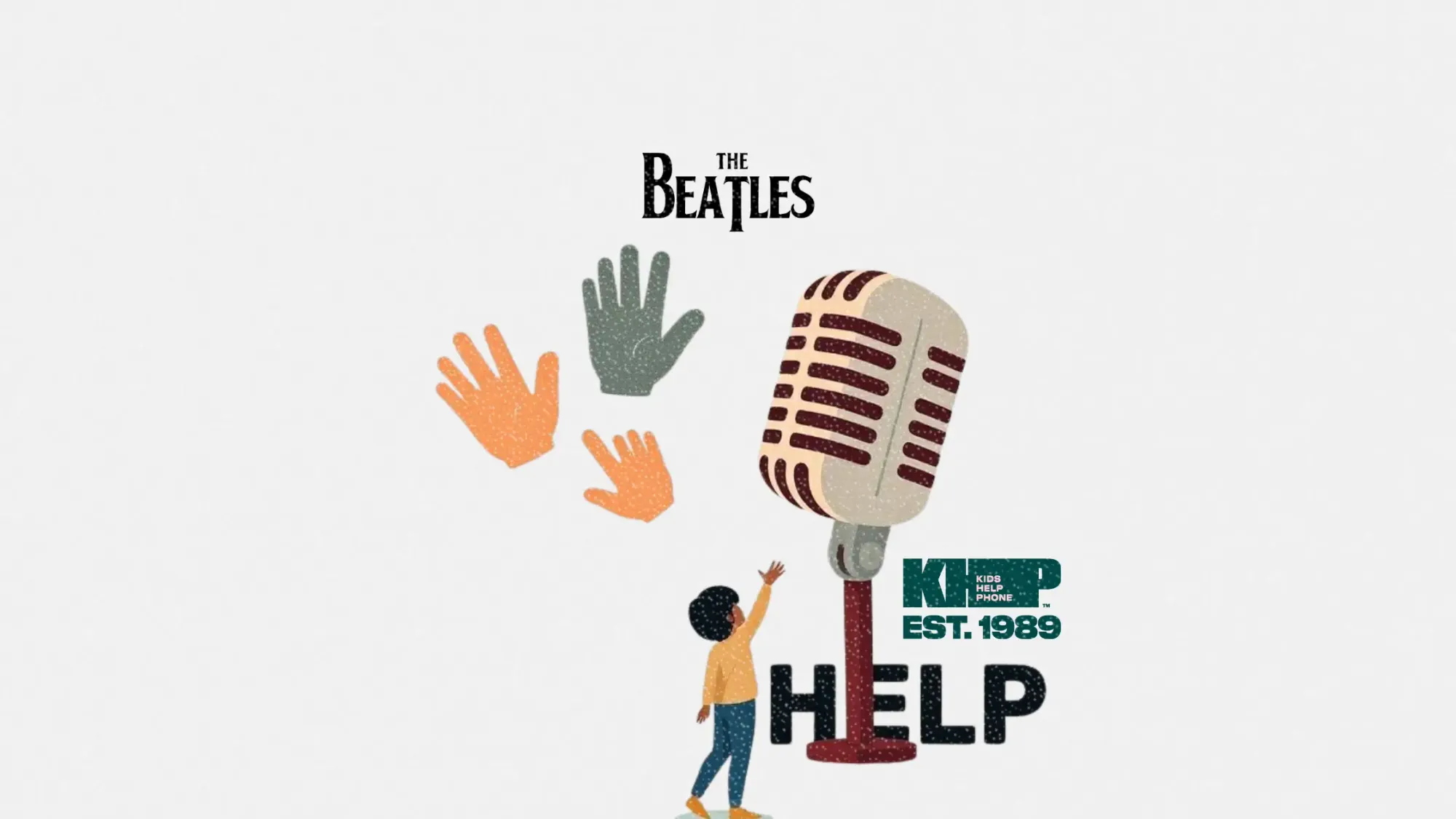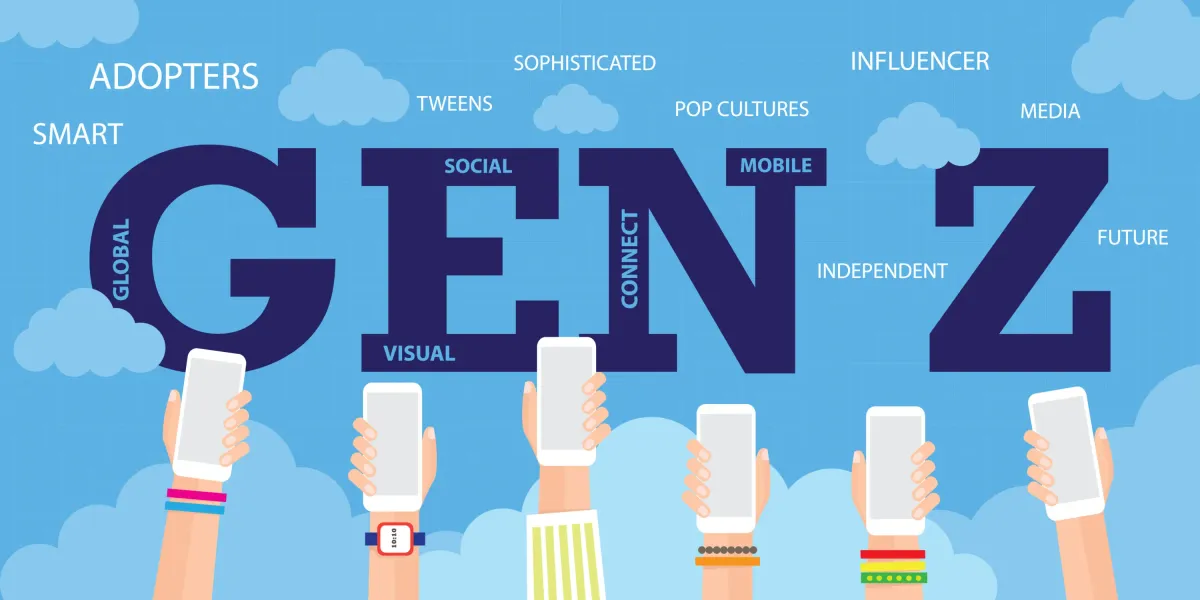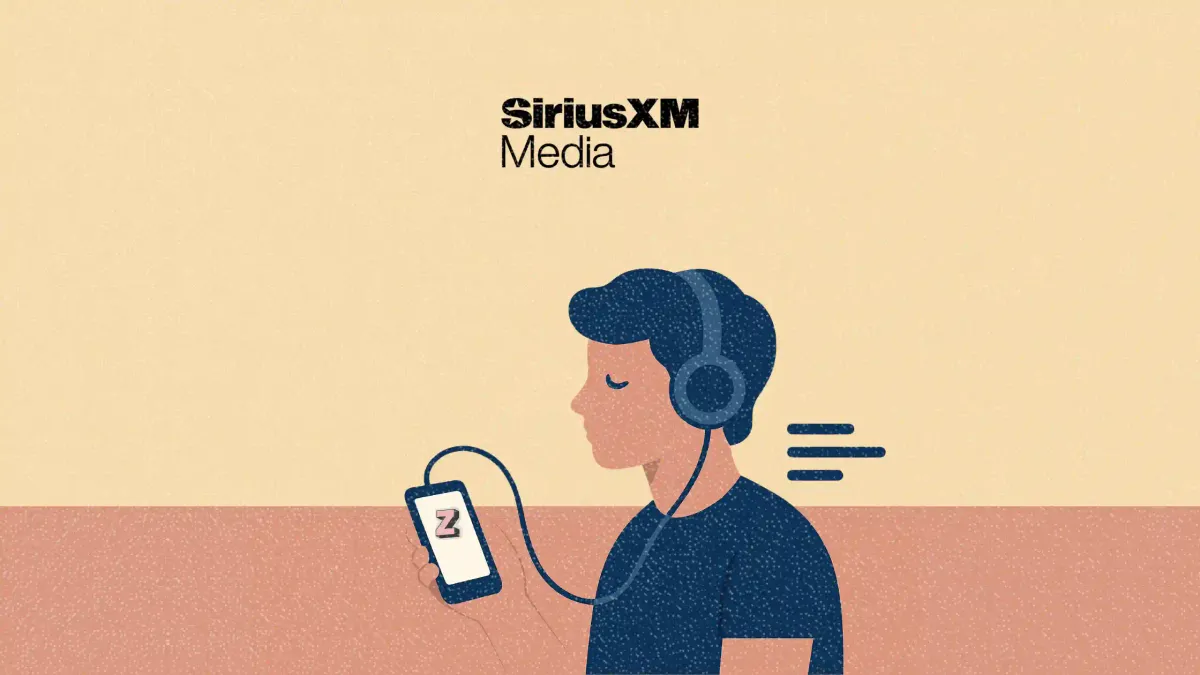The Beatles’ ‘Help!’ gets reimagined as a youth mental health anthem
Kids Help Phone transforms a global hit into a call for emotional support, timed with back-to-school stress

Canadian non-profit Kids Help Phone (KHP) is tapping into the emotional power of music, specifically The Beatles’ 1965 classic Help!, to amplify the voices of struggling youth in its latest campaign.
This article explores how KHP is using a globally recognized song to destigmatize mental health conversations, the data behind the campaign, and what marketers and cause-driven communicators can learn from this emotionally resonant approach.
The campaign drops during a key seasonal moment, back-to-school, when stress, anxiety, and identity challenges spike for many young people. According to KHP, text-based interactions rose 18% from July to October 2024, with a 20% increase in messages specifically about stress and anxiety.
Short on time?
Here’s a table of contents for quick access:
- What the campaign is about
- The strategic use of real youth data
- Why music works for mental health advocacy
- What marketers should take from this

What the campaign is about
At the center of KHP’s “Feel Out Loud” campaign is a haunting reimagining of Help!, performed with raw emotion through the voices of youth. The lyrics remain familiar, but their context shifts dramatically. Each line becomes a window into modern-day crises, from self-harm and bullying to sexual abuse and identity struggles.
Directed as a cinematic film, the spot visualizes anonymized stories pulled from more than 50 million real-time conversations the organization has had with youth. Every metaphor in the film is rooted in lived experience, not abstract concept.
The release is designed to evoke empathy without glossing over complexity. It’s not a PSA that simply says “mental health matters.” It’s a cultural artifact built to feel like a conversation young people are already having.
The strategic use of real youth data
What sets this campaign apart is its grounding in large-scale data. Rather than inventing narratives, KHP translated its chat and text data into creative inspiration. The result is a campaign that meets youth where they are emotionally and contextually.
KHP isn’t just promoting its 24/7 helpline. It's showcasing that mental health support can look and feel different for everyone, and still be effective. As Alisa Simon, Executive Vice President of eMental Health Transformation and Clinical Services, put it: “We’re showing that KHP is built to respond to all of it, from moments of crisis to the heavy feelings, with the right level of support, whenever and however youth choose to reach out.”
This message is especially timely given that traditional mental health systems are often rigid and inaccessible to marginalized or digitally native youth. KHP’s multichannel approach, through text, phone, and chat, addresses this gap with flexibility and inclusivity.
Why music works for mental health advocacy
Music isn’t just a creative choice. It’s a medium proven to reduce stress and boost emotional expression. Campaigns around the world are embracing it for this reason.
In Singapore, electricity provider Geneco released Endless Shine, a pop track written by singer-songwriter Sherman Zhuo about overcoming mental health challenges. McDonald’s Singapore followed suit with its Lovin’ Me campaign, timed with World Mental Health Day. That initiative also centered on music, using it to rally young audiences around themes of self-love and resilience.
By turning Help! into a youth anthem, KHP positions music not as background noise, but as a narrative device that resonates deeply with Gen Z audiences. The classic Beatles track becomes an emotional anchor that older audiences recognize and younger ones reinterpret.

What marketers should take from this
This campaign offers multiple insights for marketers, especially those in non-profit, youth engagement, or purpose-driven sectors:
1. Data storytelling works best when it's literal
KHP didn’t summarize its insights. It transformed them into scenes and lyrics. Brands with access to large-scale behavioral data can do the same by translating trends into stories people can feel.
2. Timing matters
Dropping this campaign in fall aligns perfectly with back-to-school anxiety, already reflected in KHP’s 18% spike in interactions. Smart timing isn’t just seasonal, it’s emotional.
3. Music is a high-empathy medium
You don’t need The Beatles’ catalog to leverage music. The key is emotional alignment. Whether through partnerships with local artists or user-generated content, music allows for nuance in emotional storytelling.
4. Multi-touchpoint support makes it easier to act
The campaign reinforces that help is just a text, call, or chat away. Marketers building support-oriented platforms should note the power of immediate, no-cost access in building trust with digital natives.
5. Consider intergenerational relevance
By using a 1960s track with new meaning, KHP has bridged generations. It’s a reminder that cause-led storytelling can resonate across age groups when handled with cultural literacy.
Kids Help Phone’s Help! remake does more than modernize a Beatles classic. It reframes a universal call for help into a culturally and emotionally timely message. For marketers and strategists, it's a lesson in translating insights into action, and in using storytelling to build systems of care.
The challenge for marketers isn’t just to tell meaningful stories. It’s to tell them in ways that make people feel seen and supported.





